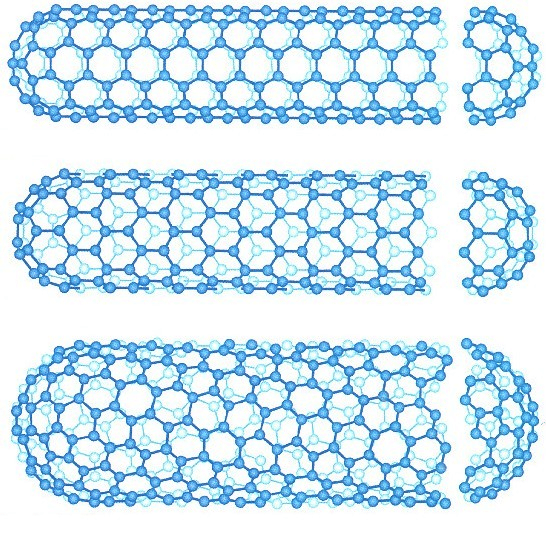
The researchers have dubbed the phenomenon “remote Joule heating.”
They used a technique developed in Cumings’s lab called electron thermal microscopy, which maps where heat is generated in nanoscale electrical devices, to observe the effect of the current on a nanotube. They expected to see heat traveling along the length of the nanotube to metal contacts attached to it. Instead, the heat seemed to jump directly to the silicon nitride substrate beneath, heating it up while leaving the nanotube relatively cold.




